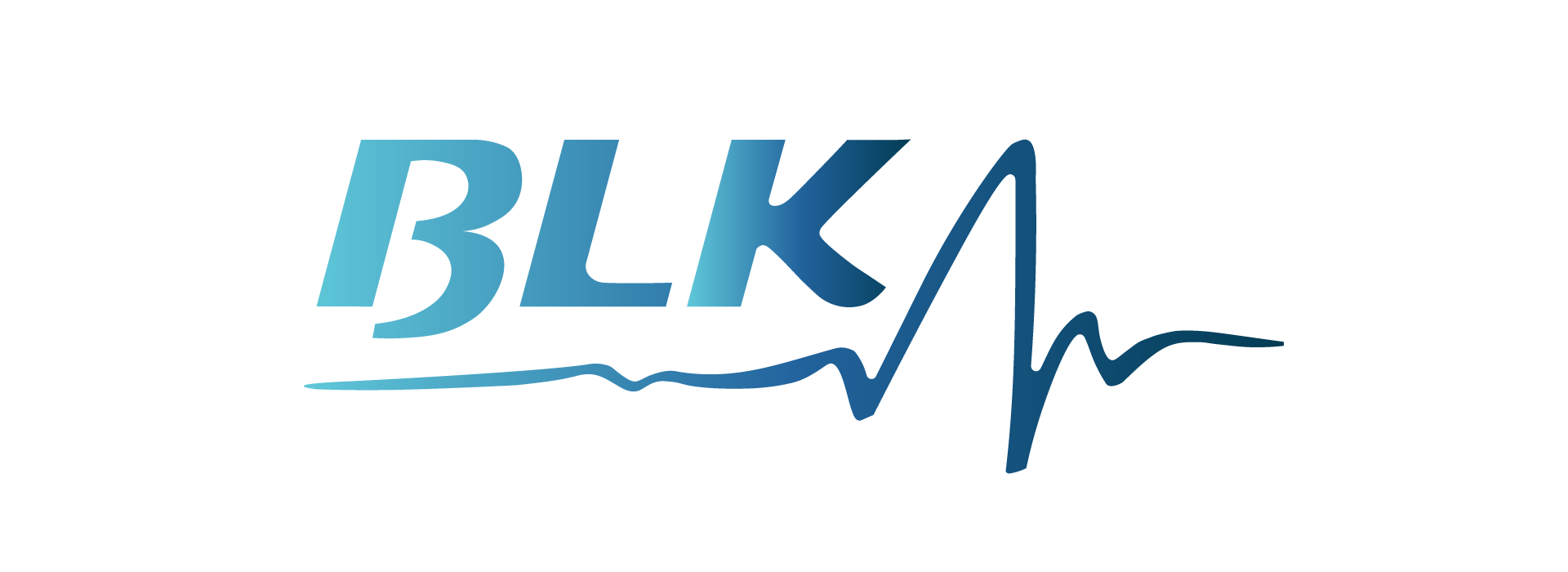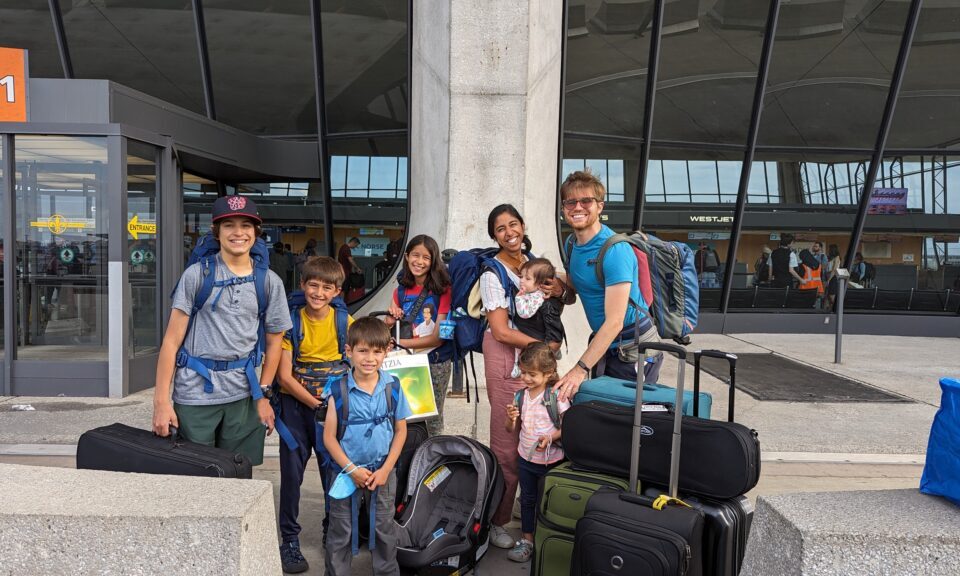Medical repatriation often brings to mind images of air ambulances flying patients back to their home countries. However, the reality is far more intricate.
While air ambulances play a crucial role, comprehensive repatriation for complex cases requires a robust logistical framework that encompasses ground transportation, medical escorts, border clearance, oxygen supply management, and round-the-clock medical supervision. This article explores the multiple layers of coordination essential to safely and efficiently manage repatriation logistics for patients with complex medical needs.
Ground Transportation: The First and Last Mile
Repatriation typically begins and ends on the ground. Whether a patient is being transferred from a remote hospital to an airport or from a landing site to a specialized care facility, ground transport is indispensable. Specialized ambulances equipped with advanced life-support systems are often required, particularly when dealing with patients in critical condition.
Paramedics and transport coordinators assess routes for traffic conditions, terrain challenges, and time constraints. In some cases, multiple ground transport legs are necessary, demanding seamless communication and scheduling. Backup vehicles and contingency plans are also prepared to mitigate unexpected delays or equipment failures.
Medical Escorts: Vital Companions for the Journey
Patients with complex conditions require constant monitoring and care during repatriation. Medical escorts—usually a mix of doctors, nurses, and paramedics—accompany patients to ensure their safety throughout the journey. These professionals are trained to handle emergencies, administer medications, and operate advanced medical equipment.
The choice of escort depends on the patient’s condition. For instance, a patient on a ventilator may require an intensive care physician and respiratory therapist, whereas a post-operative patient might only need a skilled nurse. The escorts also liaise with receiving medical teams to ensure continuity of care.
Border Clearance and Customs Coordination
Navigating international borders adds another layer of complexity to repatriation logistics. Clearance procedures vary significantly across countries and involve coordination with immigration, customs, and health authorities.
Key documentation includes:
- Medical reports and transfer summaries
- Passports and identification
- Visas (if required)
- Flight and transport schedules
- Letters of medical necessity
Logistics coordinators often work with embassy officials and local authorities to expedite clearances. Special permissions may be needed for carrying medical equipment, controlled substances, or oxygen cylinders across borders.
Oxygen Management: Ensuring a Lifeline
Oxygen therapy is a cornerstone of care for many patients requiring repatriation. Managing oxygen supply involves detailed planning, especially when high-flow or continuous oxygen is required. Different modes of transportation impose varying restrictions on the quantity and type of oxygen that can be carried.
For air transport, oxygen concentrators compliant with aviation standards are preferred. On ground transport, larger oxygen tanks may be used. Coordinators must calculate oxygen needs based on flow rates and travel duration, and plan for contingencies such as delays or equipment failure.
In-Transit Medical Supervision
Patients with unstable conditions cannot afford lapses in medical supervision. Real-time monitoring during transit is crucial. Medical escorts use portable monitors to track vital signs like heart rate, blood pressure, oxygen saturation, and respiratory rate.
Advanced interventions, including intravenous medication administration, airway management, and cardiac resuscitation, are possible in transit. Medical staff are trained in aeromedical physiology and are prepared to adapt to environmental changes such as cabin pressure fluctuations and turbulence.
Coordination with Multiple Stakeholders
A successful repatriation operation involves collaboration between numerous stakeholders:
- Sending and receiving hospitals
- Air ambulance providers
- Ground transport teams
- Immigration and customs officials
- Health insurance companies
- Family members and caretakers
Communication is key. Case managers act as central coordinators, ensuring everyone is aligned. Regular updates and contingency protocols keep the operation on track.
Contingency Planning: Preparing for the Unexpected
Despite meticulous planning, repatriation missions can face unforeseen challenges. Weather disruptions, equipment malfunctions, or patient deterioration require quick decision-making and alternative plans.
Contingency plans include:
- Alternate travel routes
- Backup vehicles and aircraft
- Extra medical supplies and medications
- Emergency medical facilities en route
By anticipating potential disruptions, logistics teams ensure patient safety is never compromised.
Regulatory Compliance and Ethical Considerations
Repatriation must comply with international, national, and local regulations. This includes aviation safety standards, health ministry guidelines, and data privacy laws. Informed consent, patient autonomy, and cultural sensitivities are also vital.
Ethical considerations include:
- Respecting patient wishes and family involvement
- Maintaining dignity and comfort during transfer
- Ensuring transparent communication
Technology Integration in Repatriation Logistics
Modern technology enhances repatriation efficiency and safety. GPS tracking, electronic medical records, and real-time communication platforms enable precise coordination. Some services offer patient monitoring dashboards for remote oversight by medical directors.
AI-based tools help predict potential risks, optimize routes, and manage resources. Telemedicine consultations during transit offer additional support and decision-making assistance.
Conclusion
Coordinating repatriation logistics for complex cases goes far beyond arranging a flight. It is a multidimensional operation requiring expert planning, specialized medical support, legal compliance, and seamless collaboration. From ground transport and border clearances to oxygen management and in-transit care, every step is vital to ensuring the patient’s safety and dignity. With proper coordination and contingency planning, even the most complex repatriations can be executed successfully, offering patients a chance for continued recovery back home.




